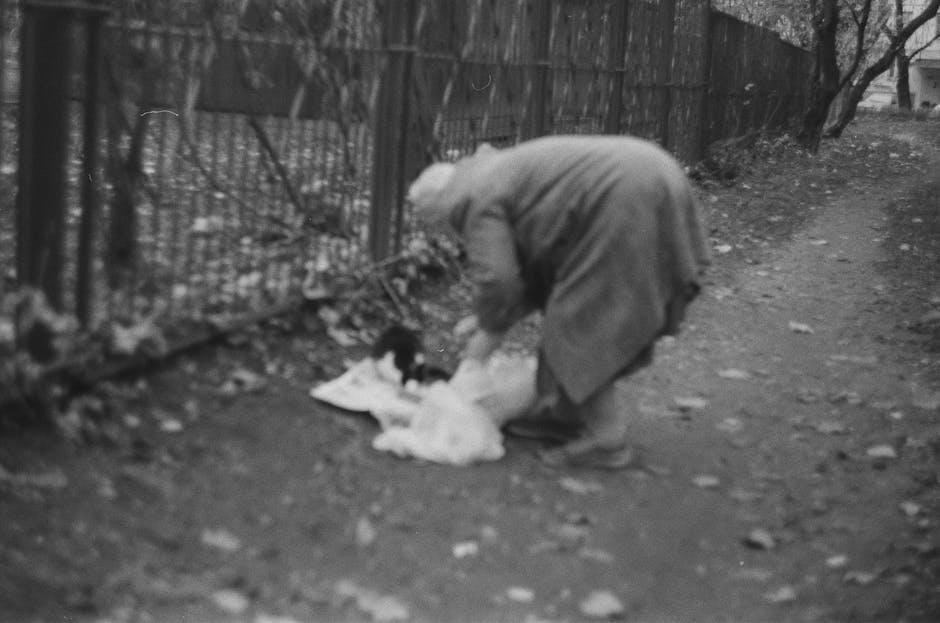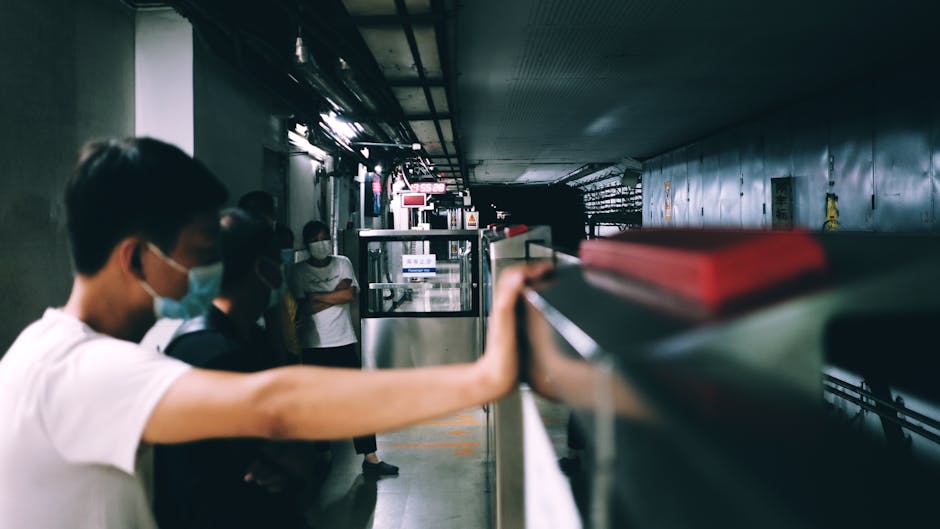Transitioning Back to Daily Life After Rehab
Rehabilitation can be a life-changing experience for individuals struggling with addiction. It provides a safe and supportive environment for individuals to address their substance abuse issues, learn coping mechanisms, and work towards a healthier life. However, the journey doesn’t end once rehab is completed. Transitioning back to daily life after rehab can be a complex and challenging process that requires support, dedication, and resilience. In this article, we will delve into the various aspects of transitioning back to daily life after rehab, exploring the challenges, strategies, and resources available to help individuals navigate this critical phase of their recovery.
The Importance of Transitioning Back to Daily Life After Rehab

Transitioning back to daily life after rehab is a crucial step in the recovery process. It is during this phase that individuals put into practice the skills and tools they acquired in rehab, face real-life triggers and temptations, and rebuild their lives. Without proper support and planning, the risk of relapse increases significantly. Therefore, it is essential for individuals to have a solid plan in place to navigate the challenges of transitioning back to daily life after rehab.
One of the key reasons why transitioning back to daily life after rehab is so important is that it allows individuals to apply the coping strategies they learned in rehab to real-world situations. In rehab, individuals are in a controlled environment where they are shielded from external triggers and stressors. However, in the real world, they will encounter these triggers on a daily basis, and it is essential for them to have the tools to manage them effectively.
Additionally, transitioning back to daily life after rehab is an opportunity for individuals to rebuild their relationships, careers, and overall quality of life. Substance abuse often takes a toll on all aspects of a person’s life, and the post-rehabilitation phase is a chance for individuals to address these areas and make positive changes. With the right support and resources, individuals can create a fulfilling and sustainable life in recovery.
The Challenges of Transitioning Back to Daily Life After Rehab

While transitioning back to daily life after rehab is a critical step in the recovery process, it is not without its challenges. One of the primary challenges is the adjustment to a new routine and environment. In rehab, individuals follow a structured schedule and are surrounded by peers and professionals who support their recovery journey. Returning to the outside world can be overwhelming and trigger feelings of anxiety and uncertainty.
Another significant challenge is the presence of triggers and temptations in the individual’s daily environment. Whether it’s a familiar place, person, or situation, triggers can reignite cravings and jeopardize a person’s sobriety. Learning to navigate these triggers and develop healthy coping mechanisms is essential for long-term recovery.
Furthermore, the stigma surrounding addiction can be a barrier to successful reintegration into society. Many individuals face judgment, discrimination, and misconceptions about addiction, which can hinder their ability to rebuild their lives post-rehab. Overcoming stigma and building a supportive network of allies is crucial for individuals transitioning back to daily life after rehab.
Strategies for a Successful Transition Back to Daily Life After Rehab

Despite the challenges, there are several strategies that individuals can employ to facilitate a successful transition back to daily life after rehab. One of the most important strategies is to create a solid support system. This can include family, friends, support groups, therapists, or sponsors who can provide encouragement, guidance, and accountability.
Developing a routine and structure can also be beneficial in the transition process. Setting daily goals, engaging in healthy activities, and establishing a schedule can help individuals stay focused and motivated as they navigate the challenges of post-rehab life. Additionally, practicing self-care, such as exercise, meditation, and proper nutrition, can support overall well-being and resilience.
Another essential strategy is to avoid high-risk situations and environments that may trigger cravings or temptations. This may involve changing social circles, avoiding certain places or events, and being mindful of potential triggers. Learning to identify and manage triggers is a critical skill that can help individuals maintain their sobriety post-rehab.
Resources for Transitioning Back to Daily Life After Rehab

There are numerous resources available to support individuals in their transition back to daily life after rehab. One of the most common resources is aftercare programs offered by rehab facilities. These programs provide ongoing support, therapy, and resources to individuals as they navigate the challenges of post-rehab life.
Support groups, such as Alcoholics Anonymous (AA) or Narcotics Anonymous (NA), can also be valuable resources for individuals in recovery. These groups offer a sense of community, understanding, and accountability, which can be instrumental in maintaining sobriety and building a support network.
Therapy and counseling services are essential resources for individuals transitioning back to daily life after rehab. Individual and group therapy can help individuals process their emotions, develop coping strategies, and address underlying issues that may contribute to their addiction. Therapists can provide guidance, support, and tools to help individuals navigate the challenges of post-rehab life.
Building a New Life in Recovery
Transitioning back to daily life after rehab is a process of self-discovery, growth, and transformation. It is an opportunity for individuals to rebuild their lives, create healthy habits, and cultivate fulfilling relationships. By employing strategies, seeking support, and utilizing resources, individuals can navigate the challenges of post-rehab life and build a strong foundation for long-term recovery.
Common Misconceptions About Transitioning Back to Daily Life After Rehab
One common misconception about transitioning back to daily life after rehab is that it is a linear process. In reality, recovery is a journey with ups and downs, setbacks and triumphs. It is essential for individuals to be patient and compassionate with themselves as they navigate the challenges of post-rehab life.
Another misconception is that once rehab is completed, the hard work is done. In reality, recovery is a lifelong process that requires ongoing commitment, self-awareness, and growth. Transitioning back to daily life after rehab is just the beginning of a person’s journey towards a healthier and more fulfilling life.
Conclusion
Transitioning back to daily life after rehab is a critical phase of the recovery process that requires support, dedication, and resilience. By employing strategies, seeking support, and utilizing resources, individuals can navigate the challenges of post-rehab life and build a strong foundation for long-term recovery. It is essential for individuals to be patient, compassionate, and proactive as they rebuild their lives and create a sustainable path to wellness. With the right tools and mindset, individuals can overcome the challenges of transitioning back to daily life after rehab and embrace a brighter future.
Remember, recovery is a journey, not a destination. Each day is an opportunity to grow, learn, and thrive. Embrace the challenges, celebrate the victories, and stay committed to your path of healing and transformation. You are not alone on this journey reach out for support, lean on your community, and believe in yourself. You have the strength and resilience to overcome any obstacle and create a life of purpose, joy, and fulfillment. The road to recovery may be long and winding, but with perseverance and determination, you can achieve lasting sobriety and well-being. Here’s to your continued success and to a future filled with hope, health, and happiness!




